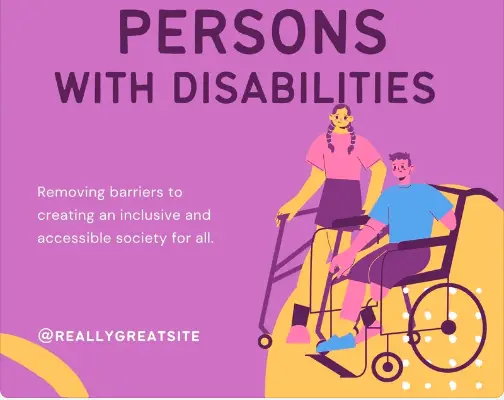Paralysis is a condition that affects a person’s ability to move their muscles or feel sensations in parts of their body. It can be a devastating diagnosis that drastically alters a person’s life, but understanding what causes it, how it is diagnosed, and what treatments are available can help people manage the condition and live a fulfilling life. In this article, we will explore the different types, causes, symptoms, diagnoses, and treatments of paralysis, as well as the challenges and opportunities for living with paralysis.
Types of Paralysis
There are several types of paralysis, each with its own causes and effects. Complete paralysis involves a total loss of muscle function, while incomplete paralysis refers to some limited function. The most common types of incomplete paralysis are monoplegia, hemiplegia, paraplegia, and quadriplegia.
Monoplegia affects only one limb, while hemiplegia affects one side of the body, including the arm, leg, and face. Paraplegia affects both legs and the lower body, while quadriplegia affects all four limbs and the torso. The extent of paralysis can vary, from partial to complete loss of sensation and movement.
Causes of Paralysis
Paralysis can result from damage or injury to the nervous system, including the brain, spinal cord, and nerves. The most common causes of paralysis are spinal cord injuries, stroke, multiple sclerosis, traumatic brain injury, and other medical conditions and diseases. Spinal cord injuries can result from trauma, such as a car accident, while strokes occur when blood flow to the brain is interrupted. Multiple sclerosis is a chronic autoimmune disease that attacks the nervous system, while traumatic brain injury can result from a blow to the head.
Symptoms of Paralysis
The symptoms of paralysis vary depending on the type and severity of the condition. Loss of sensation and movement are the most common symptoms, but muscle stiffness or spasms, loss of bladder and bowel control, and sexual dysfunction can also occur. People with paralysis may experience depression, anxiety, and other emotional challenges.
Diagnosis and Treatment of Paralysis
Diagnosis of paralysis involves a physical exam and medical history, as well as imaging tests, such as CT scans or MRIs. Treatment options for paralysis include rehabilitation and physical therapy, medications, and surgeries. Rehabilitation and physical therapy can help people regain strength and mobility, while medications can relieve muscle stiffness and pain. Surgeries may be necessary to remove tumors or repair damaged nerves.
Living with Paralysis
Living with paralysis can be challenging, but there are many resources and strategies available to help people adapt and thrive. Coping mechanisms and emotional support, such as counseling or support groups, can be helpful. Assistive devices and adaptive technology, such as wheelchairs or speech recognition software, can improve quality of life. Maintaining a healthy lifestyle, including regular exercise and a balanced diet, is also important.
Conclusion
Paralysis is a complex condition that can have a significant impact on a person’s life. Understanding the different types, causes, symptoms, diagnoses, and treatments of paralysis can help people manage the condition and live a fulfilling life. While living with paralysis can be challenging, there are many resources and strategies available to help people adapt and thrive. With continued research and development, there is hope for improved treatments and ultimately a cure for paralysis.








thanks, interesting read
interesting for a very long time
5 Healthy Rituals for Bedtime
relaxing meditation